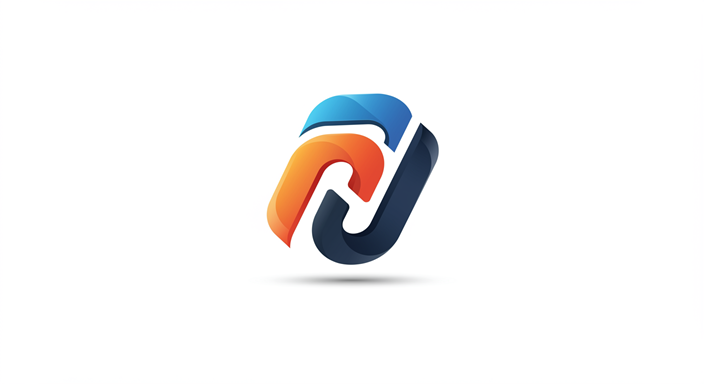Understanding LinkedIn Ads Cost: A Comprehensive Guide
LinkedIn ads have become a pivotal tool for B2B marketers aiming to connect with a professional audience. However, understanding the costs associated with LinkedIn advertising can be challenging. In this comprehensive guide, we’ll explore the various factors that influence LinkedIn ads cost, strategies to manage and optimize your budget, and tips to ensure you get the best return on investment (ROI) from your campaigns.
1. Overview of LinkedIn Ads Cost
LinkedIn operates on a bidding system, meaning that the cost of running ads is determined by an auction process. Advertisers bid on ad space and are charged based on either cost-per-click (CPC) or cost-per-impression (CPM), depending on their campaign objectives. The platform also offers a cost-per-send (CPS) model for Sponsored InMail, where you pay per message sent.
Cost-Per-Click (CPC): You pay each time a user clicks on your ad. CPC rates vary widely depending on factors such as the industry, competition, and targeting options.
Cost-Per-Impression (CPM): You pay for every 1,000 impressions your ad receives. CPM is often used for brand awareness campaigns.
Cost-Per-Send (CPS): This applies to Sponsored InMail campaigns, where you pay for each message delivered to a user’s inbox.
2. Factors Influencing LinkedIn Ads Cost
Several key factors impact the cost of LinkedIn ads:
a. Industry and Competition: High-competition industries like technology, finance, and healthcare often see higher ad costs due to increased demand for targeting options and prime ad space.
b. Targeting Options: LinkedIn’s advanced targeting options, such as job title, company size, and industry, allow for highly specific audience reach but can also drive up costs. The more granular your targeting, the higher the potential cost per click or impression.
c. Ad Quality and Relevance: LinkedIn rewards high-quality, relevant ads with lower costs. Ads that engage users and lead to better interaction rates are often rewarded with lower CPC and CPM rates.
d. Ad Placement: Costs can vary depending on where your ad appears. Premium placements or higher visibility spots may incur higher costs.
e. Time and Seasonality: Ad costs can fluctuate based on the time of year, with certain periods, such as the end of the fiscal year or major industry events, potentially driving up costs due to increased competition.
3. Strategies to Manage LinkedIn Ads Cost
To effectively manage and optimize your LinkedIn ad spend, consider the following strategies:
a. Set Clear Objectives: Define clear objectives for your LinkedIn campaigns. Whether you’re focusing on lead generation, brand awareness, or website visits, having a clear goal will help you select the appropriate bidding model and optimize your budget.
b. Use Bid Adjustments: LinkedIn allows you to set bid adjustments based on factors such as audience segments or ad placements. Regularly review and adjust your bids to ensure you’re getting the best value for your money.
c. Optimize Targeting: Regularly refine your audience targeting to focus on the most relevant users. Avoid over-targeting, which can lead to higher costs without significant gains in engagement.
d. Test and Iterate: Conduct A/B testing with different ad creatives, headlines, and targeting options. Analyzing performance data will help you identify what works best and optimize your ad spend accordingly.
e. Monitor and Analyze Performance: Use LinkedIn’s analytics tools to track ad performance and cost metrics. Regularly review these insights to adjust your strategy and maximize ROI.
4. Tips for Maximizing ROI on LinkedIn Ads
a. Invest in High-Quality Creatives: High-quality ad creatives that resonate with your target audience are more likely to drive engagement and conversions, ultimately reducing your cost per action.
b. Leverage LinkedIn’s Audience Insights: Utilize LinkedIn’s audience insights to better understand your target market’s behavior and preferences. This information can guide your ad targeting and creative strategies.
c. Set a Realistic Budget: Start with a conservative budget and scale up based on performance. Monitor your spend closely and be prepared to adjust based on real-time results.
d. Utilize Retargeting: Retargeting ads to users who have previously interacted with your content or website can be a cost-effective way to drive conversions and improve ROI.
e. Focus on Quality Leads: Prioritize the quality of leads over quantity. Investing in strategies that attract high-quality leads can often result in better ROI, even if the cost per lead is higher.
5. Conclusion
LinkedIn ads can be a powerful tool for reaching a professional audience, but understanding and managing the associated costs is crucial for maximizing your advertising budget. By considering the factors that influence ad costs, employing strategic budgeting and optimization techniques, and focusing on high-quality ad creatives, you can effectively navigate the LinkedIn advertising landscape and achieve your marketing goals.
Whether you’re new to LinkedIn ads or looking to refine your existing campaigns, these insights and strategies will help you make informed decisions and drive successful outcomes from your advertising efforts on the platform.

